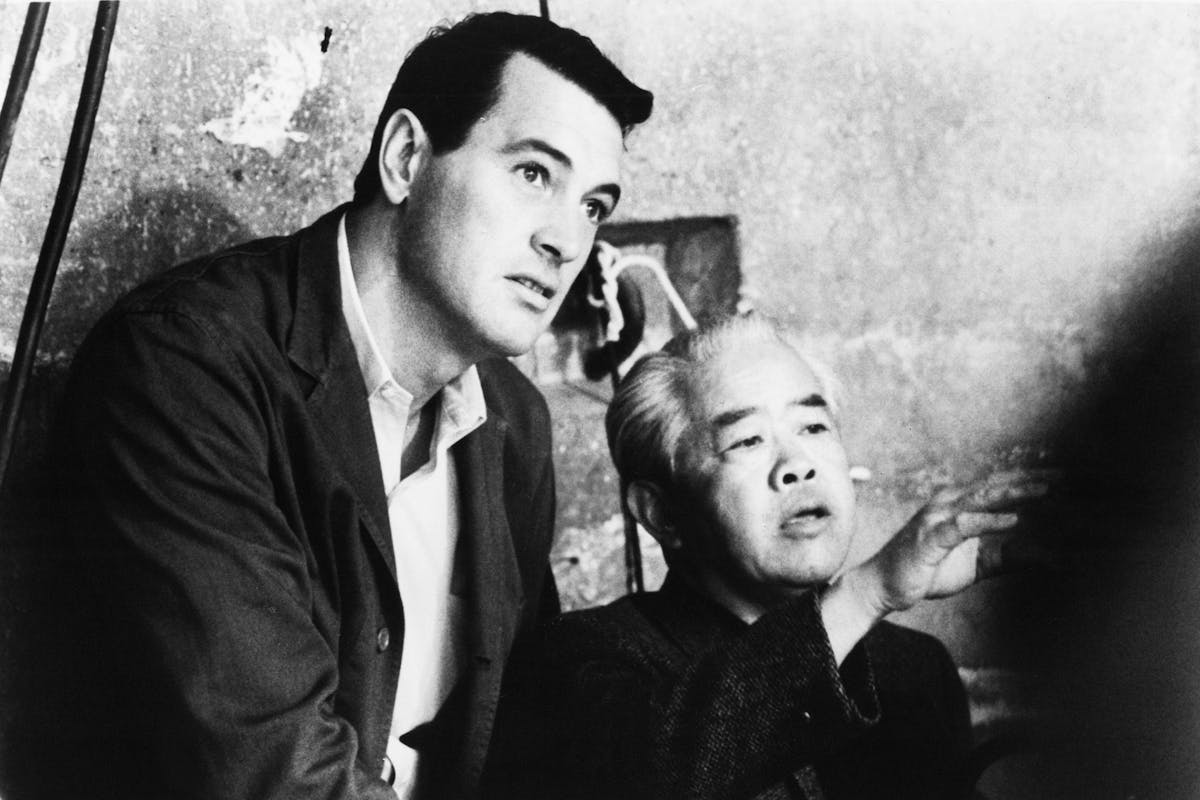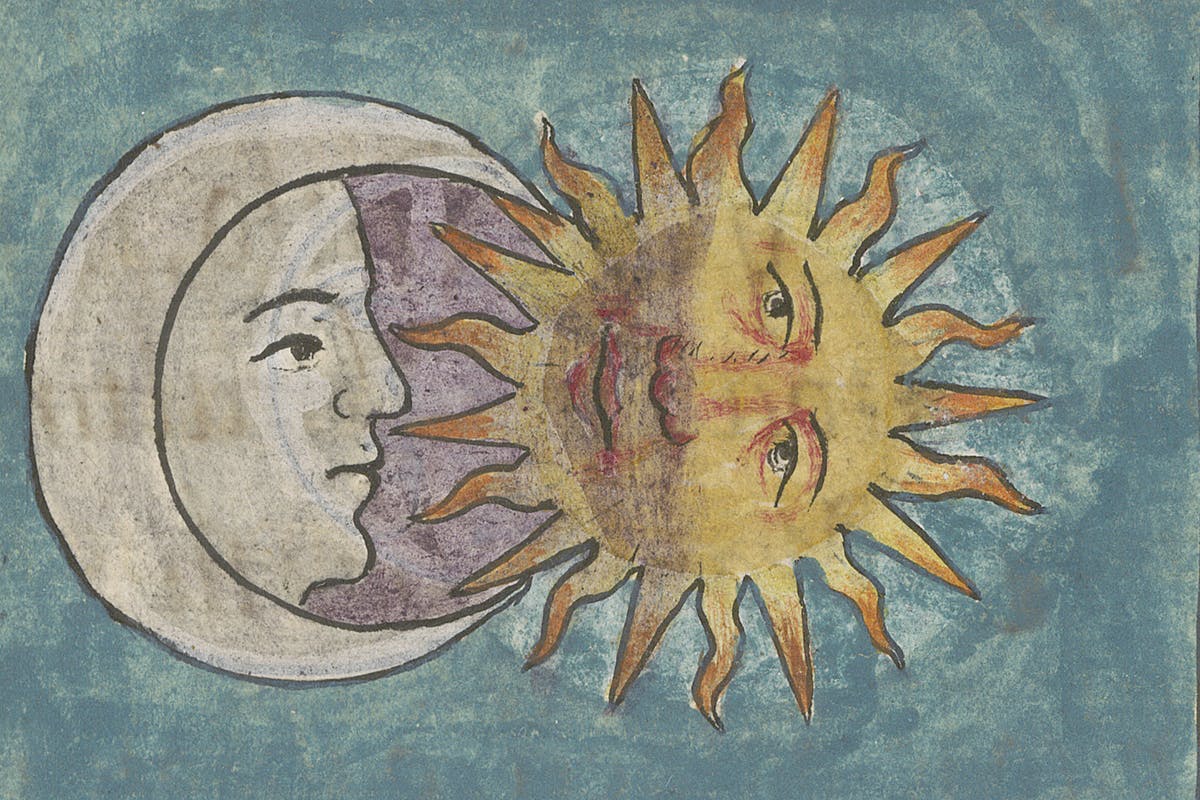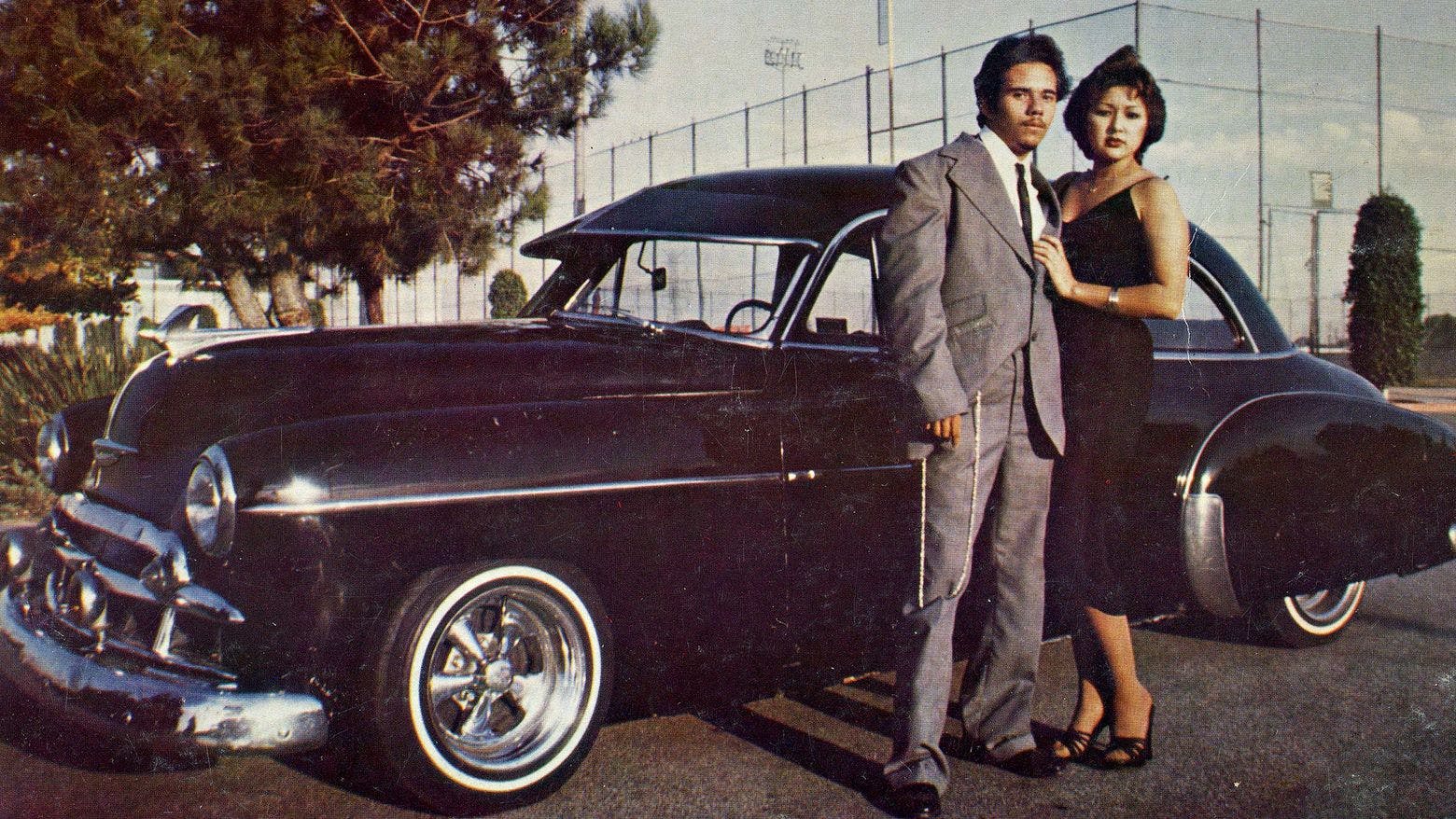Through the Lens of James Wong Howe
Two films showcasing the masterful work of prolific Hollywood cinematographer James Wong Howe: Sweet Smell of Success (1957) and Seconds (1966).
Saturday, Dec. 4, 7:30 p.m.
Free

One of the most widely sought-after Hollywood Golden Age cinematographers was James Wong Howe (1899-1976), who, having shot over 130 features between 1923 and 1975, is today considered one of the most innovative directors of photography to ever work behind a camera. Born Wong Tung Jim in Canton Province, China, in 1899, Howe moved to America at the age of five and settled in southeastern Washington state, where an encounter with a Brownie camera at a local drugstore sparked his curiosity for photography. Arguably the first to make use of deep focus photography, namely in the pre-Code comedy Transatlantic (1931), Howe was consistently on the vanguard of technological ideation: he liberated stationary cameras with his version of a dolly for The Rough Riders (1927), choreographed early helicopter shots for Picnic (1955), and expanded fields of vision with extreme wide-angle lenses. Though his professional accolades continued to accumulate, with 10 Academy Award nominations and two wins for The Rose Tattoo (1955) and Hud (1963), the cinematographer contended with extreme anti-Asian racism throughout his life. Howe was denied United States citizenship until the 1943 repeal of the Chinese Exclusion Act, when the 44-year-old was already 20 years into a groundbreaking career in an industry that has historically made little room for non-white creatives. From Borzage to Hawks to Frankenheimer and dozens of others, Howe’s unique eye gave each of their films a distinct visual richness. The Archive is proud to present two films from our collection that highlight his masterful work with shadow and light.
Sweet Smell of Success (U.S., 1957)
Seconds (U.S., 1966)

